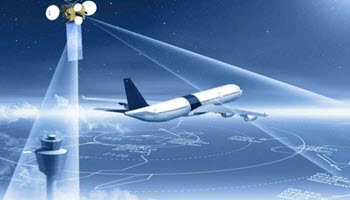Welcome back. If you’ve read my previous article on the possible tech solutions to some of the bigger problems of air travel, well let’s pick right back up where we left off. Sure, it’s a big, bold and possibly unachievable task to try to curb the biggest issues in aviation, but I’m not one to say no to a challenge. It’s my understanding that not a lot of big airline executives read my writing, so for now, these ideas are theoretical so why not try to take a stab at it regardless? So what’s next, safety?
Safety
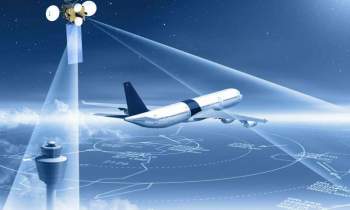
The primary system that makes sure you arrive safely to your destination is air traffic control. Yes, it’s the guys in the towers at the airports but it’s more than just them, it’s a network of all air traffic controls, the CPU on the plane and of course, the software that helps analyze flight information. This network is often the only system that assures air collisions don’t occur and that bad weather doesn’t interfere with your flight. That’s where the SITA Digital Twin software comes in. It may sound like a doppelganger of yourself in the digital world, but it’s actually a twin of the airplane.
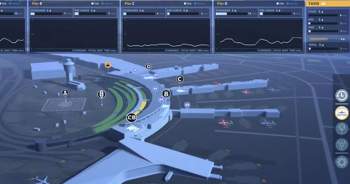
Beyond air traffic control, we have the safety systems of the airplanes themselves. Air carriers of today operate almost entirely autonomously. The pilots are mostly in charge of takeoff and landing but the rest goes to autopilot. Landing and take-off just happen to be where most air-traffic accidents occur. Sure, you could make the correlation that human error is the cause of many of these accidents but the reality is that take-off and landing are just the highest-risk parts of flying. That’s where the same autopilot software comes in, or at least a version of it. The plane would be programmed to take off and land as a sequence but the pilots would act as a backup safety guide, making sure no errors occur. This, of course, would be contingent that no software failures are admitted as in the case of the 737s. With software backed up by capable pilots, we can rely on much safer flights.
Cost
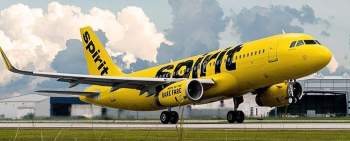
Well, if airlines were to manage to shorten the lines at the gate and increase the speed of loading as I mentioned in my previous article, that would be a cost-saver already. So here’s a controversial idea– don’t allow carry-ons. Wait, put down your pitchforks, let me explain. Instead of a carry on and a personal item, you’re allowed a personal item and a free checked bag. That same bag can be a carry-on size but you would just check it, same easy checking bag process as discussed before. Without a carry-on, the loading of the plane would be much faster (we all know why) and save on weight for an airplane, costing less to operate. Time saved, money saved and those savings could be passed down to the ticket price. Don’t worry, the baggage claim would be tracked by RFID tags and you could potentially even get these bags delivered straight to your hotel.
There’s one last piece to cost-saving and it comes from a ticket re-seller– Stub Hub. Stub Hub lets users sell their concert or sporting tickets when they’re not able to make it. It’s simple and easy to use. Well, imagine you bought yourself a ticket and you broke your leg, or need plans to change and you need to fly another day. The airline of the future would allow you to sell your ticket to someone. This effectively makes all tickets refundable but only if you are able to sell them. Of course, if you sell it for the purchasing price, you’re in luck, but even if you sell it for less, you didn’t lose out on a full ticket and who knows, maybe you’ll score a deal from someone else selling theirs. This way you don’t overspend on refundable tickets and the airline still manages to fill their seats.
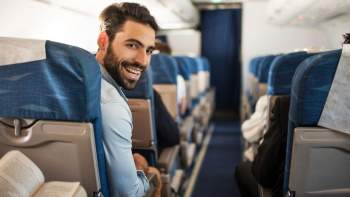
—
